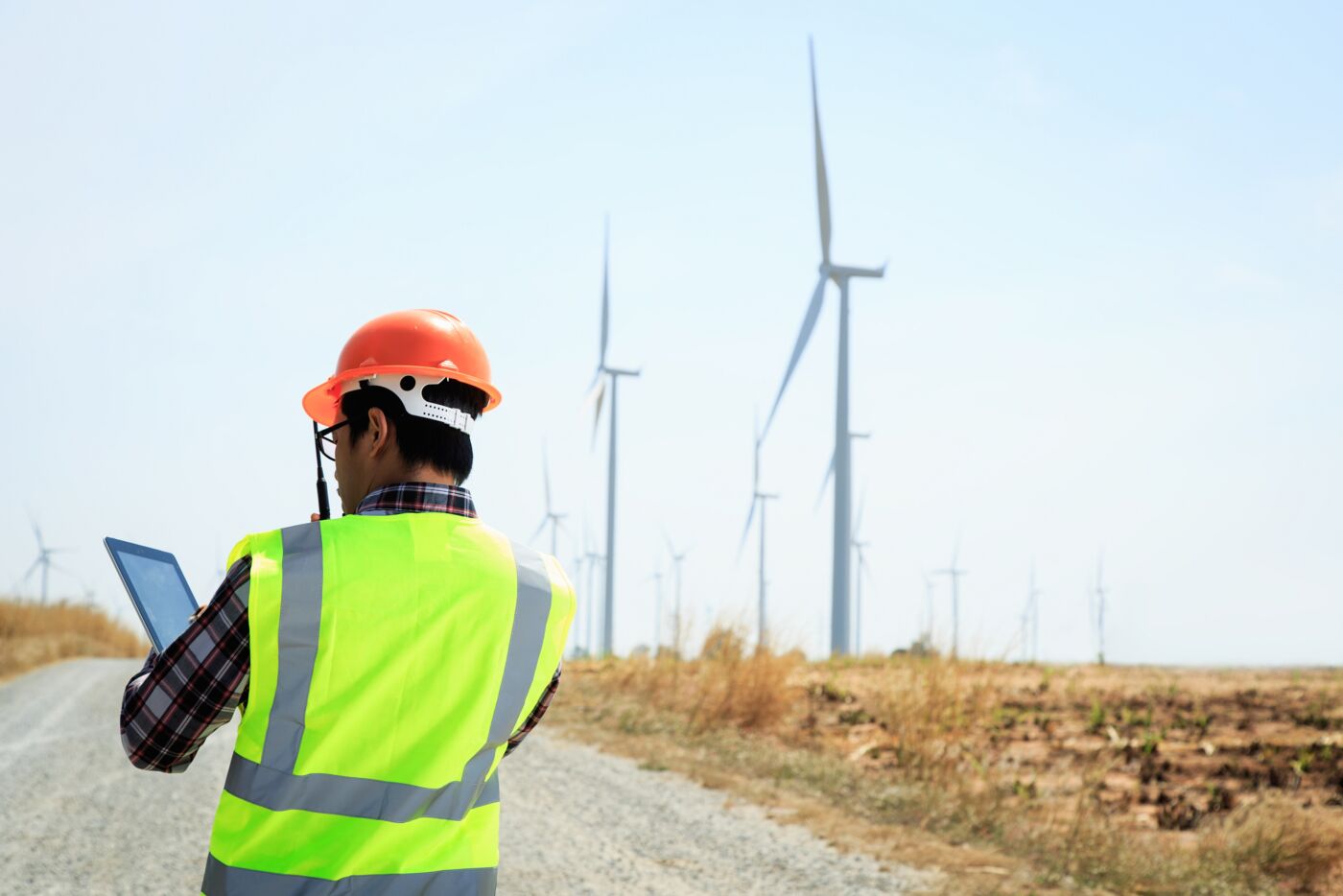Reducing operation and maintenance (O&M) costs is key for wind farm operators. It allows them to become more attractive to investors, energy companies, and, ultimately, operate more profitably. At present, around 30% of the levelized cost of energy per kWh produced over a turbine’s lifetime can be attributed to O&M costs. Factors such as periods of unexpected downtime and expensive, hard-to-deliver replacement parts often drive up costs. This is where analytics, AI, and machine learning can add real value.
Maintenance processes are ready for a shakeup
Despite most wind farms using predictive maintenance, there are still two major limitations that must change before a new era of profitability and availability can begin. Firstly, companies can only monitor a limited amount of data due to technical constraints. This can lead to a lack of clarity surrounding the root cause of failure. Conventional predictive maintenance will only detect a failure if it is picked up by a limited number of selected sensors deployed by the operator. The second issue relates to monitoring SCADA data. Alerts are generated if control thresholds are exceeded. However, at this stage, it is often too late to prevent machine failure.
A lack of transparency limits the effectiveness of current predictive maintenance. So, what are the solutions to these challenges?
New approaches in the age of the Industrial Internet of Things
Broadly speaking, the Industrial Internet of Things (IIoT) is where all devices and machines are connected with one another and communicate. For conventional machine learning, an algorithm is trained with human guidance using normal and problematic wind turbine conditions as a reference. A learning algorithm uses wind turbine blueprints to understand how the machinery works. It also needs to be trained in mechanical processes. This enables the algorithm to recognize machine or component failure.
What is known as automated machine learning (AutoML) takes this idea to the next level. Using systems like SKF Enlight Centre, AI models use decades of maintenance knowledge, analytics, and expertise to create self-maintaining, self-learning models. This automates the entire process, delivering precise results.
How does this benefit wind energy companies?
This form of predictive maintenance alerts technicians to failures at a much earlier point compared with conventional models, offering greater transparency over machine health. This alone enables teams to react more quickly and reduce unnecessary downtime – leading to higher availability and profitability. Additionally, repair staff are not tied up with continuous repair work, which enables them to use their time more effectively and reduces labor costs.
By combining the AI models, such as those offered by SKF Enlight, with automated machine learning and analytics, wind energy enterprises can detect errors earlier and reduce the failure rate. As a result, data-driven maintenance models look likely to guide wind energy into a new era of efficiency and profitability.



